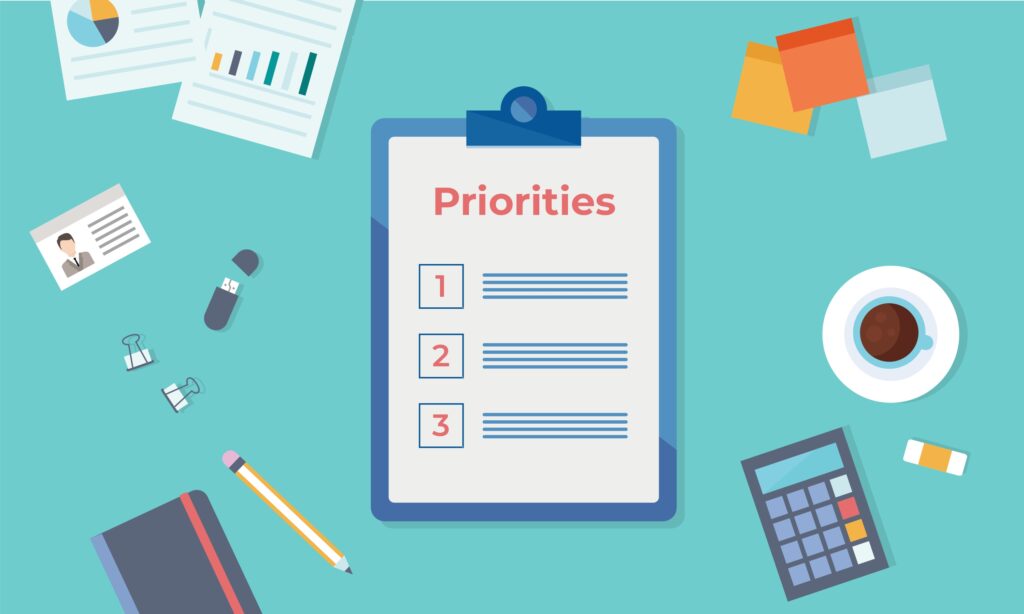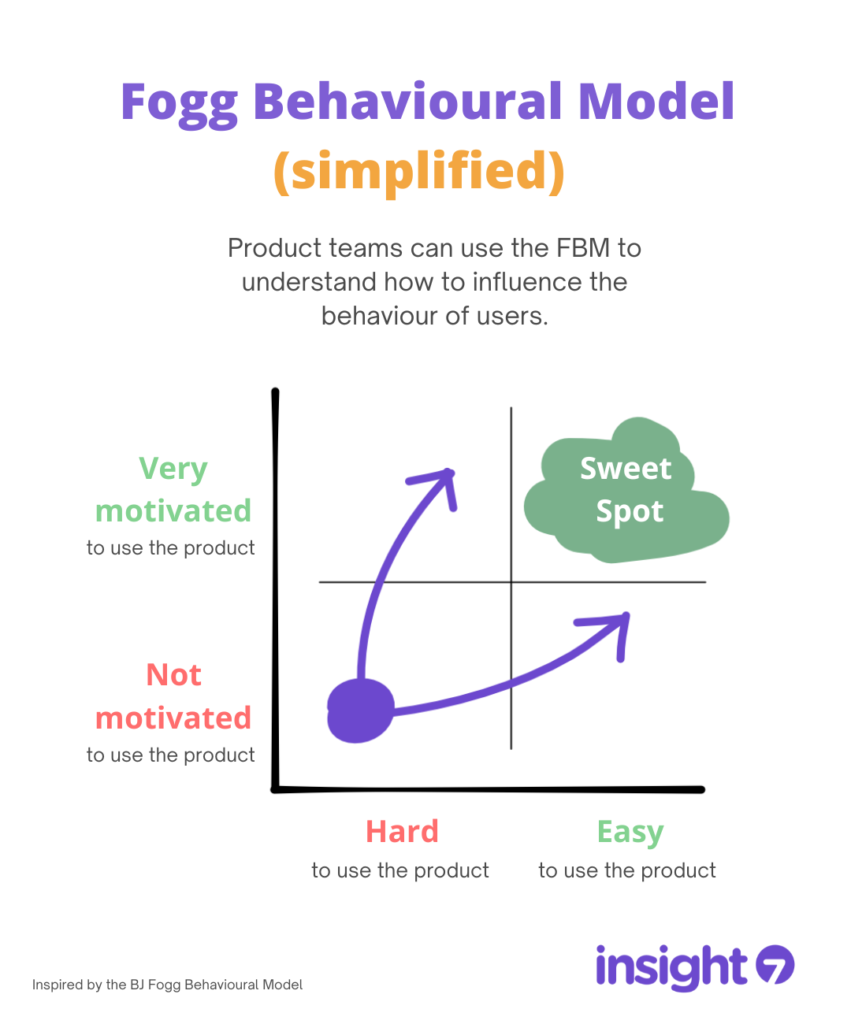Product Prioritisation: How to improve it using the Fogg model
-
Bella Williams
- 10 min read

As a product manager, you are constantly faced with product prioritisation—the challenge of deciding what to build next. How do you prioritise the features and improvements that will deliver the most value to your users and your business? How do you balance the needs and expectations of different stakeholders and customers? How do you ensure that your product roadmap aligns with your vision and strategy?
One framework that can help you answer these questions is the Fogg Behavioural Model (FBM).
Developed by Dr. BJ Fogg, a behavioural scientist and director of the Stanford Persuasive Technology Lab, the FBM is a simple yet powerful model that explains how human behaviour is influenced by three factors:
1. Motivation
2. Ability
3. Triggers.
How those FBM help Product Prioritisation?
According to the FBM, for a behaviour to occur, a person must have sufficient motivation to perform it, sufficient ability to perform it, and a trigger to prompt them to perform it. If any of these factors are missing or insufficient, the behaviour will not happen.
Motivation refers to the degree of desire or willingness to perform a behaviour. It can be influenced by various factors, such as pleasure or pain, hope or fear, social acceptance or rejection, etc. Motivation can vary depending on the context and the individual.
Ability refers to the degree of ease or difficulty to perform a behaviour. It can be influenced by various factors, such as time, money, physical effort, mental effort, social deviance, non-routine, etc. Ability can also vary depending on the context and the individual.
ALSO READ: Generating Better Ideas for Your Products — Lessons from Teresa Torres
Triggers refer to the cues or signals that prompt a person to perform a behaviour. They can be external or internal. External triggers are stimuli that come from outside the person, such as notifications, buttons, reminders, etc. Internal triggers are stimuli that come from within the person, such as emotions, thoughts, memories, etc.
The FBM can be represented by a formula: B = MAT.
Behaviour = Motivation x Ability x Trigger.
The formula implies that for a behaviour to occur, all three factors must be present and above a certain threshold. The higher the motivation and ability, the more likely the behaviour will happen when triggered. Conversely, the lower the motivation and ability, the less likely the behaviour will happen when triggered.
How does this relate to product prioritisation?
 As a product manager, you want to design products that enable and encourage your users to perform certain behaviours that create value for them and for your business. For example, you may want your users to sign up for your service, use your features regularly, invite their friends to join your platform, provide feedback on your product, etc.
As a product manager, you want to design products that enable and encourage your users to perform certain behaviours that create value for them and for your business. For example, you may want your users to sign up for your service, use your features regularly, invite their friends to join your platform, provide feedback on your product, etc.
To achieve these outcomes, you need to understand what motivates your users to perform these behaviours, what makes it easy or hard for them to perform these behaviours, and what triggers them to perform these behaviours.
By applying the FBM to your product decisions, you can prioritise the features and improvements that will increase your users’ motivation and ability to perform the desired behaviours and provide them with effective triggers to prompt them to do so.
For instance, at Insight7, we are constantly reaching out to users to understand what influences their behaviours and how they utilise our app. This helps us to understand how we can tweak our product to improve the ease of use, and eventually, the speed with which users accomplish their tasks using Insight7.
Here are some use cases you can consider:
– If you want your users to sign up for your service (behaviour), you need to motivate them by highlighting the benefits and value proposition of your service (motivation), make it easy for them to sign up by reducing friction and complexity in the registration process (ability), and provide them with clear and compelling calls-to-action on your landing page or in your marketing campaigns (trigger).
– To get users utilising your features regularly (behaviour), you need to motivate them by showing them how your features help them achieve their goals and solve their problems (motivation), make it easy for them to use your features by providing intuitive and user-friendly interfaces (ability), and provide them with timely and relevant reminders or notifications that nudge them to use your features when they need them (trigger).
– If you want your users to invite their friends to join your platform (behaviour), you need to motivate them by rewarding them with incentives or social recognition for inviting their friends (motivation), make it easy for them to invite their friends by integrating with their contacts or social networks (ability), and provide them with prompts or suggestions that encourage them to invite their friends at appropriate moments (trigger).
– To get users to provide feedback on your product (behaviour), you need to motivate them by showing them how their feedback matters and how it will improve your product (motivation), make it easy for them to provide feedback by offering simple and convenient ways for them to share their opinions (ability), and provide them with requests or invitations that ask them for their feedback at optimal times (trigger).
In summary, product prioritisation is not an easy task. Developing, testing and marketing new features is a gruelling, expensive series of tasks. However, using the right frameworks can improve the speed of decision making and ultimately help product teams make better decisions on what actions to prioritise.







